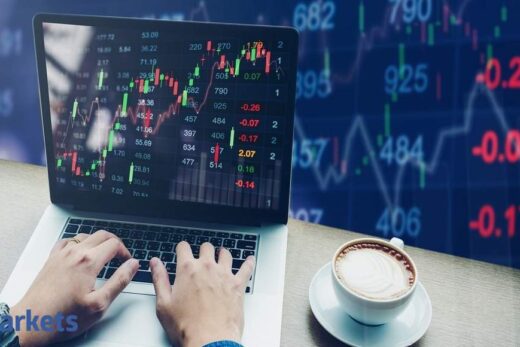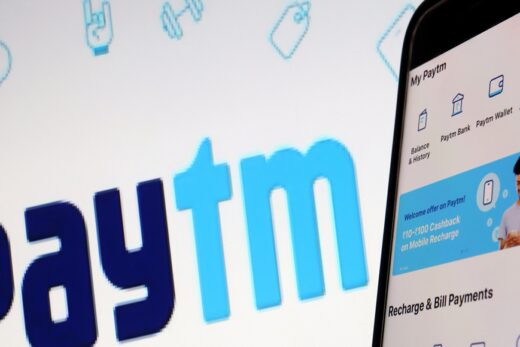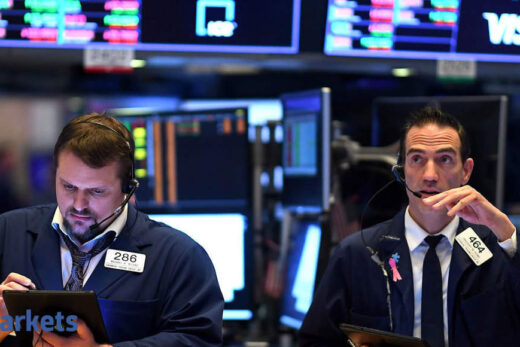One of the big mysteries in markets this year has been the persistently high level of the Cboe’s Volatily Index, better known as the VIX.
Even as the S&P 500 touched all-time highs early this year, the VIX remained stubbornly elevated. For something that’s often been described as ‘Wall Street’s Fear Gauge,’ the index didn’t seem to be doing a very good job of matching actual sentiment in the market. So what gives?
Goldman Sachs analysts led by Ricky Fishman have a theory. They’re pointing to the recent explosion in retail trading of options. Aided by zero-fee brokers like Robinhood, retail investors have jumped head first into options, culminating in January’s GameStop drama where they used the contracts to push up the price of the videogame retailer. By Goldman’s estimates — which are based on retail brokers’ disclosures regarding compensation for order-flow — single-stock option volumes have jumped 130 per cent between 2019 and 2021. In fact, they say, retail brokers handled 57 per cent of total volume in non-index options in the first quarter of this year.
And because so much of that retail interest comes in the form of buying of call options, it can push up the VIX both through hedging demand of large dealers (who might buy implied volatility to offset the trades) or by creating a big price gap between prices for puts and calls.
As they put it:
Individual investors’ buying options has been an important contributor to 2021’s persistently high volatility risk premium. The VIX has been at a consistently high premium to where realized volatility would indicate it should be in 2021. Similar risk aversion happened in 2009-10 in the aftermath of the GFC (and vol risk premium took nine years to reach its cycle low in 2019). In our view, the persistent demand for single stock options has been an important component of the mismatch in supply and demand for volatility risk that has driven even higher volatility risk premium this year that was seen in 2009-10.
In other words, no index is an island and the VIX might be getting pushed up by retail activity as much as worries over the future direction of stocks.



